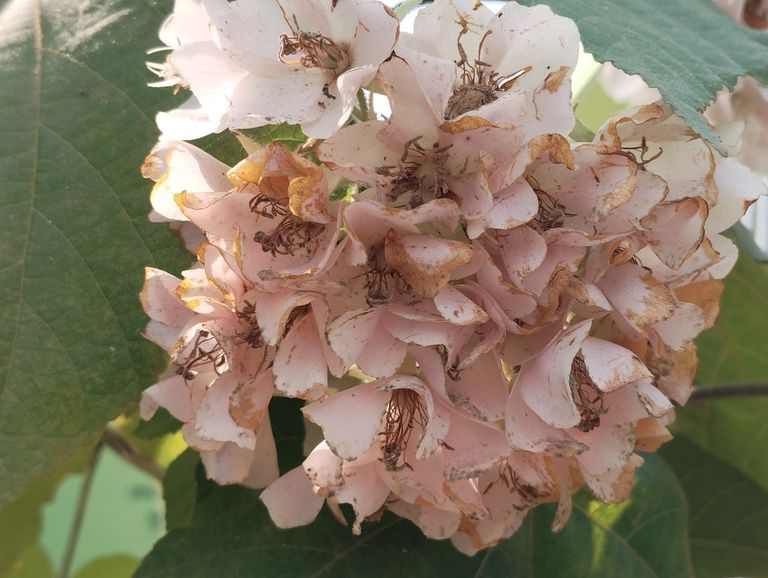
The Medicinal Benefits of Ulata Kambal Abroma Augusta.
Introduction
Nature has always been a rich source of medicinal plants that have been used for centuries to treat various ailments. One such powerful herb is Ulata Kambal (Abroma Augusta), also known as Devil's Cotton. Widely recognized in Ayurvedic and traditional medicine systems, this plant is valued for its diverse therapeutic properties. This blog explores the medicinal benefits, preparation methods, and traditional uses of Ulata Kambal.
Botanical Overview
Scientific Name: Abroma Augusta
Common Names: Devil’s Cotton, Ulat Kambal, Red Cotton
Family: Malvaceae
Habitat: Native to South and Southeast Asia, this plant thrives in tropical and subtropical regions.
The plant is a small tree or shrub with dark red flowers and a fibrous bark. Almost every part of the plant – roots, bark, leaves, and flowers – is used in traditional medicine.
Medicinal Properties of Ulata Kambal
- Emmenagogue Action
Ulata Kambal is widely known for its ability to regulate menstrual cycles. The root and bark extracts are often used to treat amenorrhea (absence of menstruation) and dysmenorrhea (painful periods).
- Anti-inflammatory Effects
The plant has natural anti-inflammatory properties, making it useful in reducing swelling and pain associated with arthritis, injuries, or infections.
- Blood Purifier
The herb is often used to detoxify the blood, improving overall health and vitality.
- Treatment of Diabetes
Studies suggest that Abroma Augusta may help lower blood sugar levels, making it a natural remedy for managing diabetes.
- Stress Relief and Nervine Tonic
The plant is also considered a nervine tonic, which helps to calm the nervous system, alleviate stress, and improve sleep quality.
- Digestive Aid
Its extracts are used in traditional medicine to improve digestion and treat issues like constipation and flatulence.
- Uterine Health
Ulata Kambal is beneficial for uterine disorders. It strengthens the uterus and can be used as a supportive herb during postpartum recovery.
Preparation Methods
The medicinal parts of Ulata Kambal are prepared in various forms, including:
- Decoction:
Boil the root or bark in water until the liquid is reduced by half.
This decoction is taken for menstrual irregularities and uterine health.
- Powder:
The dried roots and bark are powdered and consumed with honey or warm water.
Used for blood purification and managing diabetes.
- Paste:
The fresh leaves can be ground into a paste and applied to inflamed areas for relief.
- Oil Infusion:
The plant’s extracts are infused into oils for topical application to reduce pain and inflammation.
- Tea:
Leaves or flowers are steeped in hot water to create a herbal tea for digestive and stress-relief benefits.
Traditional Uses in Ayurveda
In Ayurvedic medicine, Ulata Kambal is considered a valuable herb for its Kapha- and Vata-pacifying properties. It is primarily used in the following formulations:
- Shodhana Karma (Detoxification):
Its blood-purifying properties make it ideal for detox therapies.
- Prasuti Tantra (Gynecology):
Used extensively to treat menstrual and uterine disorders.
- Madhumeha Chikitsa (Diabetes Care):
The root extracts are part of herbal blends to regulate blood sugar levels.
Scientific Backing
Recent studies have shown that Abroma Augusta contains alkaloids, flavonoids, and tannins, which contribute to its anti-inflammatory, hypoglycemic, and antioxidant properties. This scientific validation has further solidified its place in modern herbal medicine.
Precautions and Side Effects
While Ulata Kambal is generally safe when used correctly, it is important to keep the following in mind:
Pregnancy and Breastfeeding: Avoid using it without consulting a healthcare provider.
Overdosage: Excessive use may lead to digestive discomfort or low blood sugar levels.
Always consult a qualified practitioner before using the herb, especially if you are on other medications.
Ulata Kambal (Abroma Augusta) is a powerhouse of medicinal properties that can address a wide range of health concerns, from menstrual issues to diabetes management. With its strong roots in traditional medicine and growing recognition in modern herbal practices, this plant continues to be a natural remedy worth exploring.
By understanding and utilizing such herbs responsibly, we can harness nature’s bounty for better health and well-being.
Let us embrace the wisdom of traditional medicine while ensuring sustainable and ethical use of such precious natural resources.
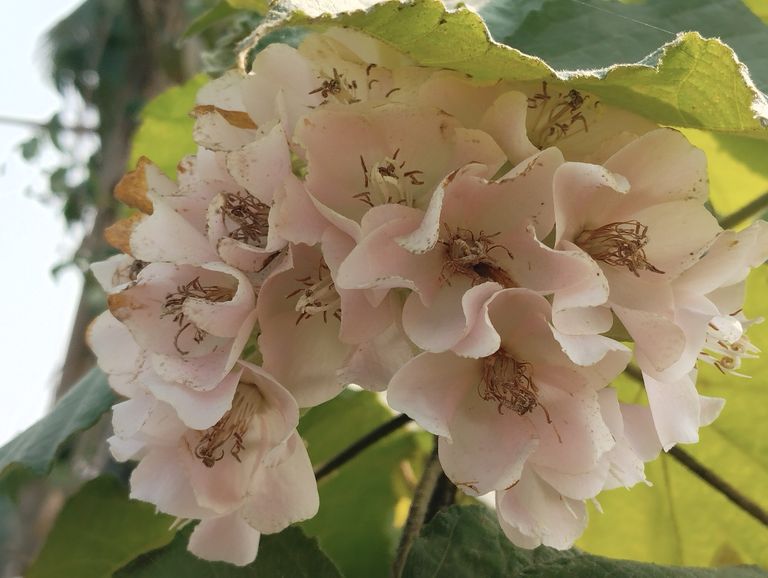
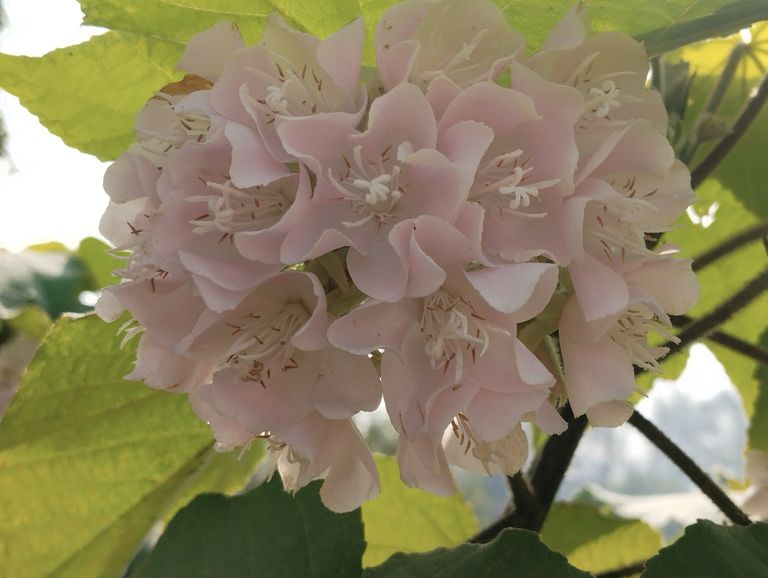
The Beauty of the Indian Blanket Flower (Gaillardia Pulchella)
Nature never ceases to amaze us with its vibrant palette, and among its masterpieces is the striking Indian Blanket Flower, also known as Gaillardia Pulchella. In Bengali, it’s often referred to as which translates to the "reversed blanket flower." This unique name is inspired by its colorful, blanket-like appearance that captivates the hearts of flower enthusiasts.
A Brief Introduction to the Indian Blanket Flower
Native to North and South America, the Indian Blanket Flower belongs to the Asteraceae family. This hardy plant has gained global popularity due to its vibrant flowers and adaptability. The flower's name "blanket flower" draws inspiration from its resemblance to the vivid patterns seen in traditional Native American blankets.
Striking Features of the Blanket Flower
- Vivid Colors: The flower’s petals are a spectacular combination of red, orange, and yellow hues, resembling a glowing sunset. The petals are usually fringed and radiate around a dark, central disc.
- Shape and Size: Gaillardia Pulchella produces daisy-like flowers, each measuring around 2-3 inches in diameter.
- Hardy Nature: This perennial plant thrives in various climates, making it a favorite among gardeners worldwide. It is drought-resistant, sun-loving, and easy to grow.
Cultural Significance
In Bengali culture, the flower is admired for its striking beauty and is often used in gardens and floral arrangements. Its Bengali name, ওলট কম্বল, reflects how deeply intertwined nature and culture are, with the flower symbolizing joy and vibrancy.
How to Cultivate the Blanket Flower
Growing Indian Blanket Flowers is a rewarding experience. Here’s a step-by-step guide:
- Choose the Right Spot: Select a location with plenty of sunlight. These flowers thrive in full sun and prefer sandy or well-drained soil.
- Planting: Sow seeds directly into the soil or start with seedlings. Ensure the seeds are spaced at least 12-18 inches apart to allow room for growth.
- Watering: While they are drought-tolerant, water the plants regularly during the initial growth phase. Overwatering should be avoided.
- Pruning: Deadhead spent blooms to encourage new flowers and prolong the blooming season.
- Pest and Disease Management: These plants are generally pest-resistant. However, ensure proper airflow around the plants to prevent fungal diseases.
The Blanket Flower in Landscaping
The Indian Blanket Flower is a versatile plant that enhances any garden or landscape. Its bright colors make it an excellent choice for:
Borders and edges.
Rock gardens.
Wildflower meadows.
Container gardening.
The plant also attracts pollinators such as bees and butterflies, making it a valuable addition to eco-friendly gardens.
The Ecological Importance of Gaillardia Pulchella
Beyond its ornamental value, the Indian Blanket Flower plays a vital role in maintaining ecological balance:
Pollinator Support: The flower serves as a source of nectar for bees, butterflies, and other pollinators.
Erosion Control: Its deep roots help in binding soil, preventing erosion in sandy or loose areas.
Symbolism and Inspiration
The Indian Blanket Flower stands as a symbol of resilience and beauty. Its ability to thrive in challenging environments teaches us to embrace life’s adversities with grace and vigor. Artists and poets often draw inspiration from its vibrant hues, creating works that celebrate its natural charm.
A Bloom to Adore
Whether you’re a seasoned gardener or a nature lover, the Indian Blanket Flower is a delightful addition to any outdoor space. Its cheerful blooms bring warmth and joy, serving as a daily reminder of nature’s incredible artistry.
So, the next time you spot the stunning in a garden or meadow, take a moment to appreciate its intricate beauty and the wonder it brings to our world.
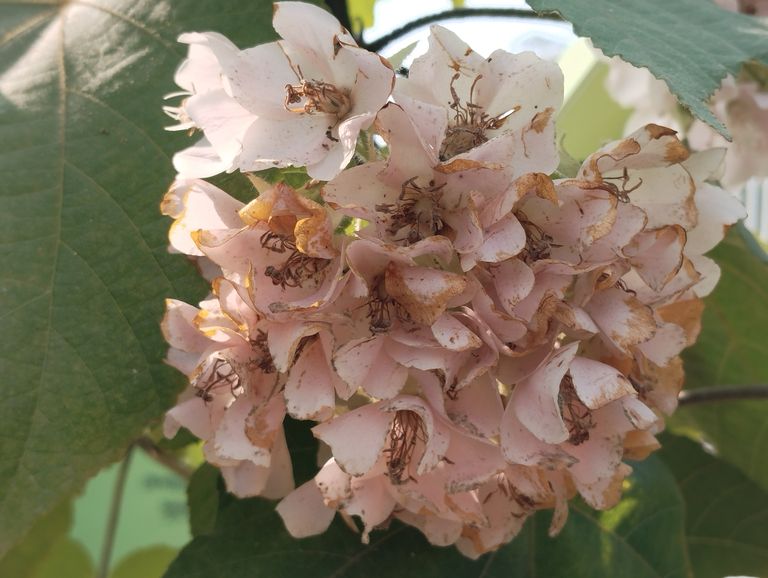
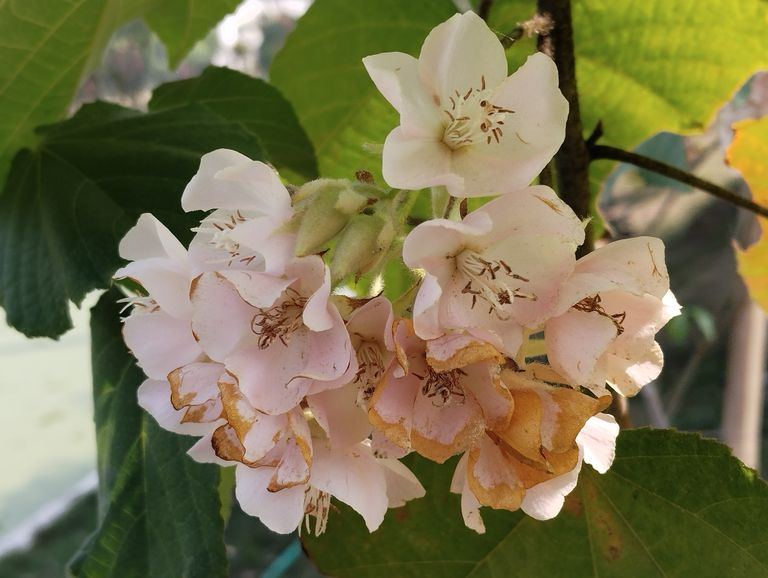
Characteristics of Wolat Kamble Tree (Olot Kombol Plant)
The Olot Kombol plant, scientifically known as Abroma augusta, is a unique and versatile tree found in various parts of South Asia, especially in Bangladesh, India, and Sri Lanka. Known for its medicinal properties and cultural significance, this plant is often used in traditional remedies. Below is a detailed exploration of the Olot Kombol tree, focusing on its physical attributes, uses, and benefits.
Scientific Classification
Kingdom: Plantae
Family: Malvaceae
Genus: Abroma
Species: Abroma augusta
Common Names: Olot Kombol, Devil’s Cotton, Ulatkambal
Physical Characteristics
- Growth and Structure
The Olot Kombol is a small to medium-sized tree or shrub, reaching heights of 3-10 meters.
It has a bushy appearance with numerous branches.
- Leaves
The leaves are ovate, broad, and dark green, with serrated edges.
They are alternately arranged on the stem, providing the plant with dense foliage.
- Flowers
The flowers are one of the tree's most attractive features, usually dark red, purple, or maroon in color.
They have a unique bell-shaped structure with hairy sepals, giving them a fuzzy texture.
These flowers bloom throughout the year, but the peak flowering season is during spring and early summer.
- Fruit
The fruit is small, capsule-shaped, and contains numerous seeds.
The seeds are used in various herbal remedies.
- Bark and Roots
The bark is fibrous and greyish-brown.
The roots are extensive and are often harvested for medicinal purposes.
Ecological Importance
Habitat
The Olot Kombol plant thrives in tropical and subtropical climates. It grows well in well-drained soil and can adapt to various environmental conditions, including semi-arid regions.
Pollination
Its flowers attract bees, butterflies, and other pollinators, contributing to the ecosystem's biodiversity.
Erosion Control
The plant's robust root system helps prevent soil erosion, especially in hilly or degraded areas.
Medicinal Properties
The Olot Kombol tree has been widely used in traditional medicine for centuries. Its different parts serve various therapeutic purposes:
- Roots
Known for their emmenagogue properties, the roots are used to treat menstrual disorders such as irregular periods, cramps, and excessive bleeding.
They also have anti-inflammatory and analgesic properties.
- Leaves
Crushed leaves are applied externally to relieve pain and swelling.
They are also used in poultices for wound healing.
- Flowers
The flowers are rich in bioactive compounds and are used in herbal decoctions for improving reproductive health.
- Bark
The bark extract is known to have antifungal and antibacterial properties.
It is used to treat skin infections and rashes.
- Seeds
The seeds are used to prepare herbal oils that promote hair growth and treat scalp conditions like dandruff.
Cultural and Traditional Uses
In Ayurveda and Unani medicine, Olot Kombol has been highly regarded for its ability to regulate the female reproductive system.
It is often referred to as the "Devil’s Cotton" because of its association with overcoming difficult ailments.
Traditional healers use various parts of the plant to prepare tonics, teas, and ointments.
Modern Applications
- Pharmaceutical Industry
Extracts from the plant are being researched for their potential to treat hormonal imbalances and diabetes.
It is a key ingredient in herbal supplements aimed at improving women’s health.
- Cosmetics
The seeds and leaves are used in natural skincare products for their hydrating and soothing properties.
- Sustainable Fiber
The bark's fibrous nature makes it a potential source for eco-friendly textiles and ropes.
How to Grow and Care for Olot Kombol
- Planting
Choose a sunny or partially shaded location with well-drained soil.
Propagation is usually done through seeds or cuttings.
- Watering
Regular watering is essential, especially during the dry season. Avoid overwatering, as the plant is prone to root rot.
- Pruning
Prune regularly to encourage healthy growth and maintain the desired shape.
- Fertilization
Use organic compost or natural fertilizers to enrich the soil and promote flowering.
The Olot Kombol tree is a treasure trove of medicinal and ecological benefits. Its ability to thrive in diverse conditions, coupled with its extensive uses in traditional medicine, makes it a valuable plant in both rural and urban settings. As modern science continues to uncover its potential, the Olot Kombol tree is poised to play an even more significant role in sustainable healthcare and environmental conservation.

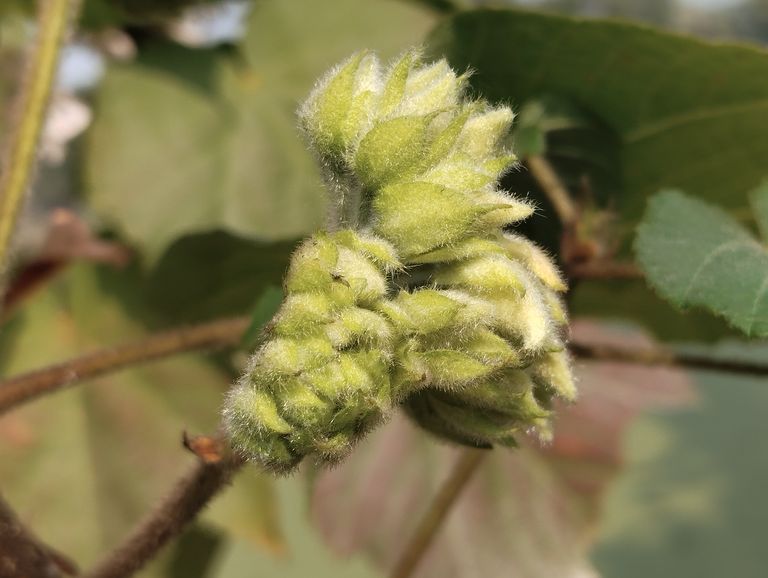
Characteristics of Wolat Kamble Tree (Olot Kombol Plant)
The Olot Kombol plant, scientifically known as Abroma augusta, is a unique and versatile tree found in various parts of South Asia, especially in Bangladesh, India, and Sri Lanka. Known for its medicinal properties and cultural significance, this plant is often used in traditional remedies. Below is a detailed exploration of the Olot Kombol tree, focusing on its physical attributes, uses, and benefits.
Scientific Classification
Kingdom: Plantae
Family: Malvaceae
Genus: Abroma
Species: Abroma augusta
Common Names: Olot Kombol, Devil’s Cotton, Ulatkambal
Physical Characteristics
- Growth and Structure
The Olot Kombol is a small to medium-sized tree or shrub, reaching heights of 3-10 meters.
It has a bushy appearance with numerous branches.
- Leaves
The leaves are ovate, broad, and dark green, with serrated edges.
They are alternately arranged on the stem, providing the plant with dense foliage.
- Flowers
The flowers are one of the tree's most attractive features, usually dark red, purple, or maroon in color.
They have a unique bell-shaped structure with hairy sepals, giving them a fuzzy texture.
These flowers bloom throughout the year, but the peak flowering season is during spring and early summer.
- Fruit
The fruit is small, capsule-shaped, and contains numerous seeds.
The seeds are used in various herbal remedies.
- Bark and Roots
The bark is fibrous and greyish-brown.
The roots are extensive and are often harvested for medicinal purposes.
Ecological Importance
Habitat
The Olot Kombol plant thrives in tropical and subtropical climates. It grows well in well-drained soil and can adapt to various environmental conditions, including semi-arid regions.
Pollination
Its flowers attract bees, butterflies, and other pollinators, contributing to the ecosystem's biodiversity.
Erosion Control
The plant's robust root system helps prevent soil erosion, especially in hilly or degraded areas.
Medicinal Properties
The Olot Kombol tree has been widely used in traditional medicine for centuries. Its different parts serve various therapeutic purposes:
- Roots
Known for their emmenagogue properties, the roots are used to treat menstrual disorders such as irregular periods, cramps, and excessive bleeding.
They also have anti-inflammatory and analgesic properties.
- Leaves
Crushed leaves are applied externally to relieve pain and swelling.
They are also used in poultices for wound healing.
- Flowers
The flowers are rich in bioactive compounds and are used in herbal decoctions for improving reproductive health.
- Bark
The bark extract is known to have antifungal and antibacterial properties.
It is used to treat skin infections and rashes.
- Seeds
The seeds are used to prepare herbal oils that promote hair growth and treat scalp conditions like dandruff.
Cultural and Traditional Uses
In Ayurveda and Unani medicine, Olot Kombol has been highly regarded for its ability to regulate the female reproductive system.
It is often referred to as the "Devil’s Cotton" because of its association with overcoming difficult ailments.
Traditional healers use various parts of the plant to prepare tonics, teas, and ointments.